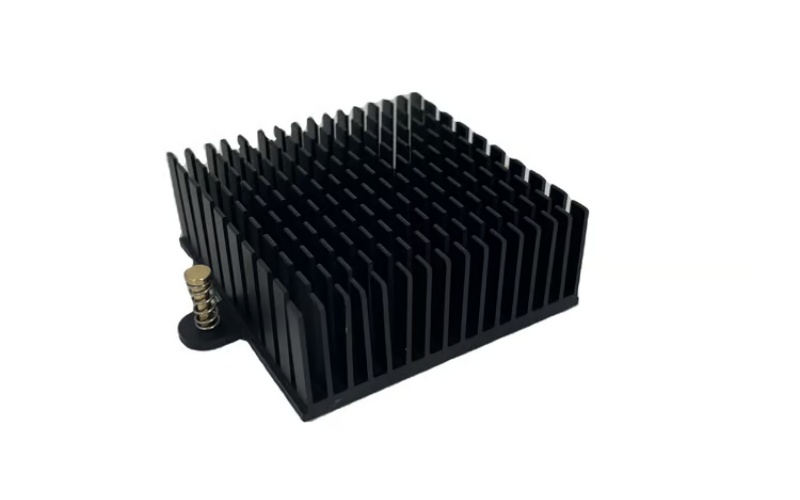Introduction
When it comes to cooling electronic devices, heatsinks are an essential component. The material used in a heatsink plays a crucial role in its effectiveness. One material often used in heatsinks is aluminium. But
Is aluminium heatsink good?? Let's explore the pros and cons.
Pros of Using Aluminium Heatsink
High Thermal Conductivity
One of the most significant advantages of using aluminium as a heatsink material is its high thermal conductivity. Aluminium is an excellent conductor of heat, allowing it to transfer heat away from the device it is installed on quickly. This property makes it ideal for dissipating heat from electronic devices that generate a lot of heat, such as CPUs and GPUs.
Lightweight and Durable
Another advantage of using aluminium heatsinks is their lightweight and durable nature. Aluminium is a lightweight material, making it easy to handle and install. Additionally, it is highly durable and resistant to corrosion, making it a long-lasting option for heatsinks.
Cost-Effective
Compared to other metals commonly used in heatsinks, such as copper, aluminium is relatively cheap. This makes it a cost-effective option for manufacturers when producing large quantities of heatsinks.
Cons of Using Aluminium Heatsink
Poor Performance with High Power Systems
While aluminium heatsinks work well for cooling less intensive devices, they may not perform as well when used in high-power systems. Aluminium has a lower thermal capacity than other heatsink materials, such as copper and silver. This lower capacity could result in less effective cooling compared to higher capacity materials.
Erosion and Wear
Over time, aluminium heatsinks can suffer from erosion and wear. This is mostly due to the nature of the aluminium material, which is softer than other options. This wear and erosion could lead to reduced performance over time.
Poor Conduction Compared to Other Metals
While aluminium has high thermal conductivity, it is not the most conductive material available. Other metals, such as copper and silver, offer higher thermal conductivity, which could result in better cooling performance.
When to Use Aluminium Heatsink
While aluminium heatsinks come with both pros and cons, they can be an excellent choice for certain applications. For example, aluminium heatsinks are excellent for cooling electronic devices that produce moderate amounts of heat. Additionally, they are a cost-effective option when producing large batches of heatsinks.
Related Long-Tail Keywords
Is aluminium heatsink a good heat conductor?
Is aluminium the best material for heatsinks?
Can aluminium heatsinks cool high-powered devices?
Is aluminium heatsink durable enough for long-term use?
Conclusion
In conclusion, aluminium heatsinks can be a good option for certain applications. They offer high thermal conductivity, are lightweight and durable, and are cost-effective. However, they may not perform as well with high-power systems, suffer from wear and erosion, and have poorer thermal conductivity compared to other metals. When choosing a heatsink for your application, consider the pros and cons to determine whether aluminium is the best material for your needs.
Quote Inquiry
Contact us!

